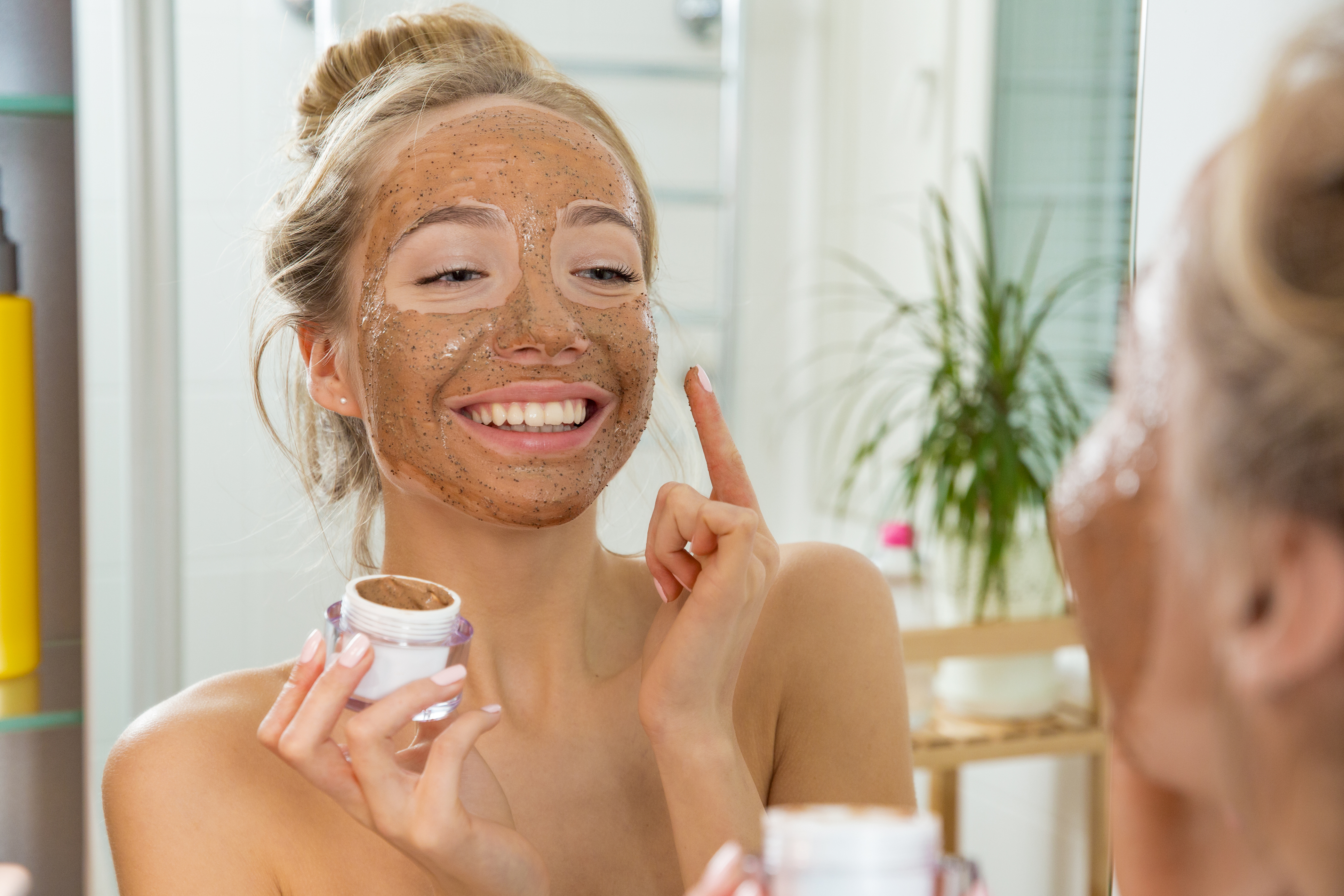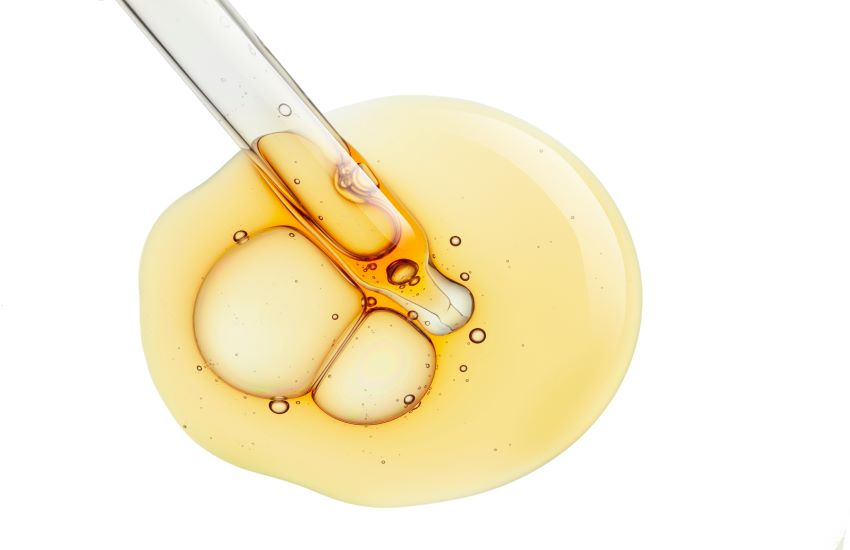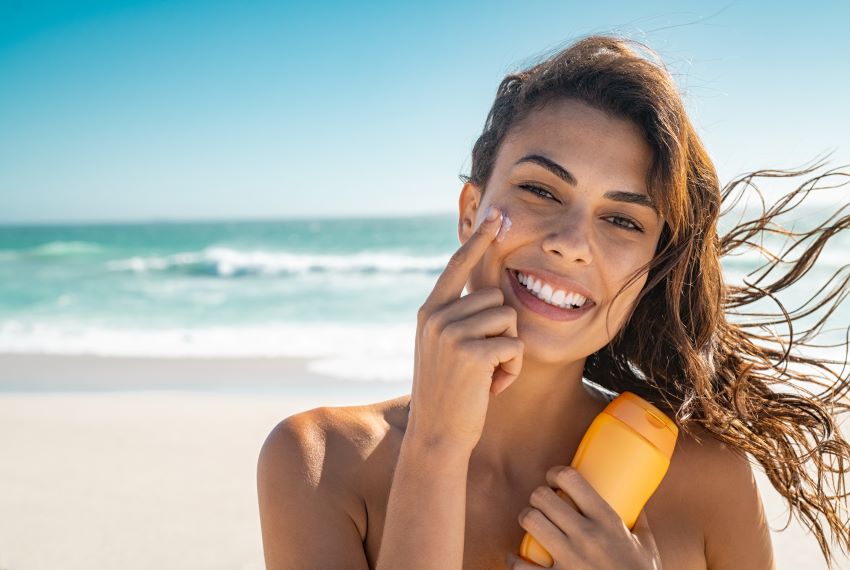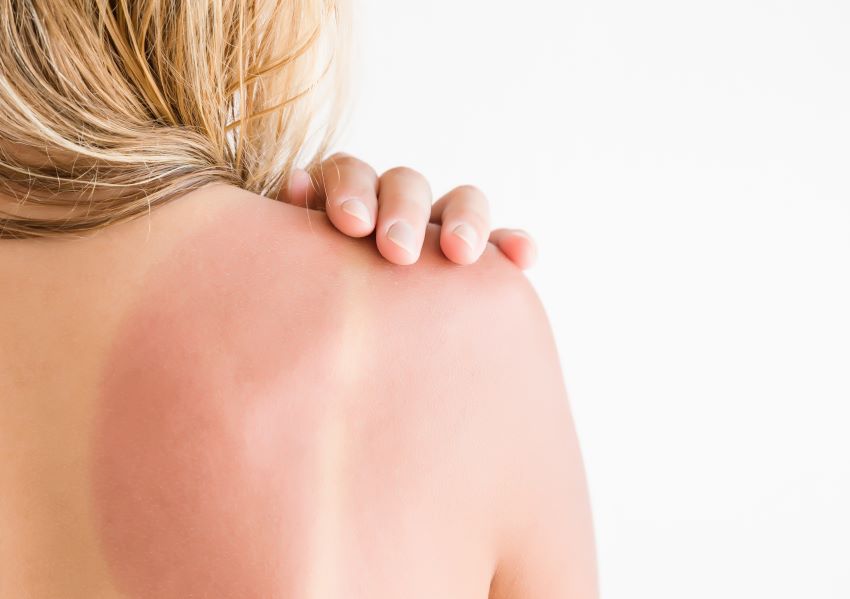Teenage skin can be super sensitive and need some ultra care, since puberty hits right around that age. Teenage skin…

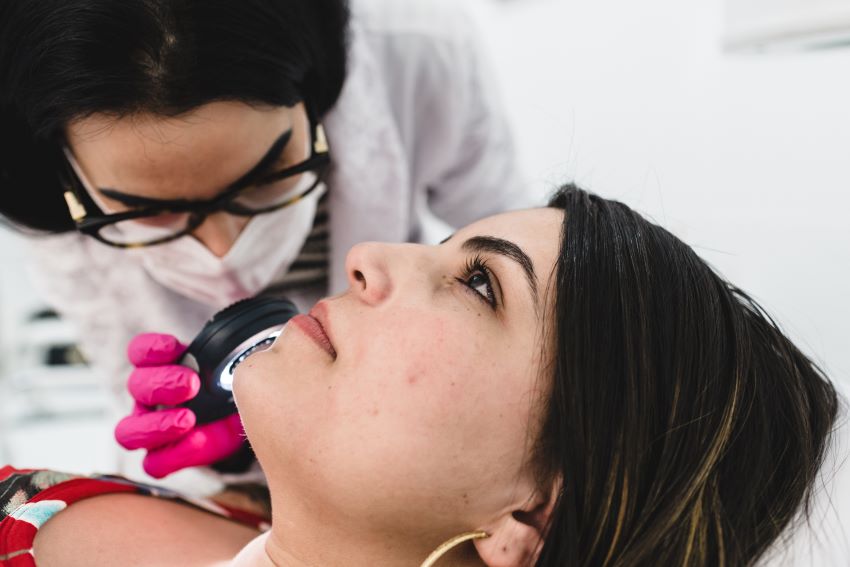 Healthy Skin
Healthy Skin
What Triggers Rosacea? Rosacea Treatment Solutions
What is Rosacea?
Rosacea is a skin condition that causes redness and small red bumps on the face. Signs and symptoms can come and go for months at a time and can be confused with acne and other skin conditions. Key symptoms to recognize that it is rosacea are swollen red bumps coupled with visible blood vessels on the face. If you do not treat it, it typically worsens over time.
Statistics on Rosacea:
- About 16 million Americans suffer from rosacea
- There is no exact cause of rosacea, but many factors can trigger symptoms
- Rosacea affects the central third of the face, especially the nose, and its intensity varies over time
- The majority of people who suffer from rosacea are Caucasian with fair skin
Causes:
There is no exact cause of rosacea according to doctors. However, they have determined a few different things that may play a role in its development. These include:
- Genes
- Rosacea often runs in families
- Trouble with blood vessels
- Redness from rosacea can be from problems with blood vessels in your face
- Mites
- These are tiny insects that live on your skin
- Most people don’t react to them, but some people are extra sensitive to them and they can cause irritation and redness
- Bacteria
- The specific bacteria called H. pylori that live in your gut can raise the digestive hormone of gastrin, which can cause flushed and red skin.
Signs and symptoms of rosacea:
- Facial flushing
- Blushing
- Skin redness
- Skin burning
- Red bumps and pustules
- Small cysts
- Thickening of the facial tissue
- Especially around and on the nose
Rosacea symptoms come and go for random periods of time. Sometimes the skin will be clear for weeks, months, or even years only to flare-up again. Rosacea grows and evolves in stages and causes inflammation of the face. Typically, the inflammation happens on the forehead, cheeks, nose, and chin. It can last for years and if rosacea goes untreated, it will worsen over time.
What Triggers Rosacea?
Rosacea affects each person differently and triggers can be completely different from one person to the next. To keep your rosacea at bay, you should determine what triggers your own rosacea and learn to steer clear of them or, at least, minimize your exposure to them. Some of the most common triggers are:
- Rigorous exercise
- Hot baths/saunas
- Extreme weather temperatures (hot and cold)
- Humid weather
- Sunlight
- Feeling intense stress or anxiety
- Blushing
- Menopause
- Skin Products
- Topical steroids
Foods and drinks can also trigger rosacea. Typically, individuals find that alcohol, spicy foods, hot drinks, and foods hot in temperature trigger rosacea symptoms.
Remedies for Rosacea:
Unfortunately, there is no cure for any type of rosacea. The best rosacea treatments for flare-ups are medications and topical products. In addition to treating the flare-ups, it is extremely important to avoid the triggers discussed above.
Another good remedy to control rosacea is creating a skin routine that works for you. Mild facial cleansers, dermatologist-approved cosmetics, and moisturizes can all help prevent flare-ups and irritated skin. Additionally, as intense sunlight can cause flare-ups, be sure to use a sunscreen with SPF 30 and zinc oxide to prevent this trigger.
While these treatments can be effective, you might need a stronger treatment plan. Medications, topical prescriptions, and even surgery can be administered by your doctor depending on your level of severity.
Rosacea Medications:
Different antibiotics have proven to control, reduce, and slow the progression of rosacea. Some of these antibiotics include erythromycin, metronidazole, tetracycline, and minocycline. When starting these medications, it takes weeks and sometimes months to see the desired results, so patience is key.
Topical Treatments:
In addition to antibiotics, dermatologists also prescribe creams, lotions, ointments, gels, foams, and pads to help prevent flare-ups and treat affected skin. Some products commonly prescribed are azelaic acid, brimonidine, clindamycin, erythromycin, ivermectin, metronidazole, oxymetazoline, sodium sulfacetamide, and sulfur.
Surgery:
In very advanced cases, laser surgery can be performed to eliminate excess skin tissue from rhinophyma (a skin disorder caused by rosacea, characterized by a large, red, bumpy, and bulbous nose), or to eliminate visible blood vessels caused by rosacea.
If you are suffering from rosacea, contact your dermatologist to come up with a treatment plan that will work for you. Remember, it can take a while to determine your triggers, and what medications will work for you. But, with patience you will be able to control and prevent further damage from rosacea.
Sources
- TRIGGERS COULD BE CAUSING YOUR ROSACEA FLARE-UPS - AAD
- HOW TO PREVENT ROSACEA FLARE-UPS - AAD
- Rosacea - MAYO CLINIC
- 18 Common Rosacea Triggers - WebMD
This blog is based on research and/or other scientific articles and is written by our experienced Chief Strategy Officer and Pharmacist, Ronak Desai. This blog is fact checked by our educated Pharmacist in Charge, Darshan Patel, who additionally runs our Apotheco Manhattan location.
Here at Apotheco Pharmacy Group, our goal is to provide the most up to date and accurate information on health and dermatology related topics. We do this to ensure our readers can make informed decisions based on factual content. All blogs undergo an extensive review process before posted.
This blog contains trusted sources. All sources are listed at the bottom of this article with hyperlinks that take you directly to the source.
